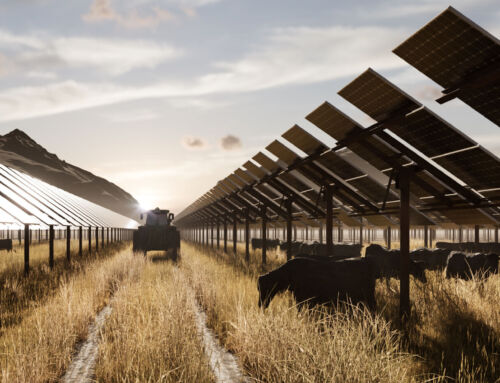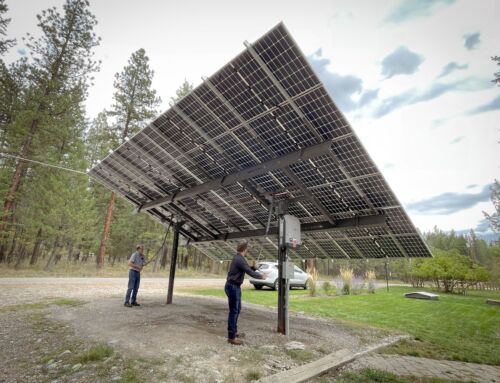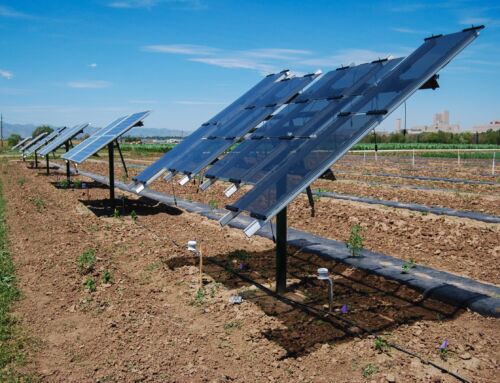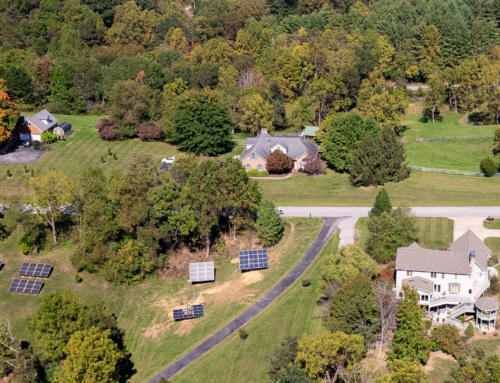Have you seen what solar trackers can do? They use automated and motion control technology to make mounts more active in harnessing solar energy. While this leads to an impressive boost in output, adding all those components to a solar mount does increase its upfront cost and maintenance demands.
So, are they still worth the investment? Will you be missing out if you choose a solar mount with a manual tracking system?
Here are a few questions to consider before you decide whether a solar tracker is worth it.
Will space constraints force you to limit the size of the solar array?
Solar trackers enable the solar array to collect more energy by following the sun throughout the day. This can increase the output by 30% or greater. When the cost of PV modules was much higher, solar trackers made it possible to gain higher energy returns without investing in more modules. Since module costs have decreased drastically over the last few decades, it generally makes more economic sense to gain additional energy output by adding more modules. Designing a mount with a slightly larger array is usually lower cost and simpler to maintain compared to a mount with a smaller array and an automatic tracker. If expanding the array by a few extra modules isn’t an option due to size constraints, then a tracker can be an effective option for maximizing output.
Would you rather invest in a larger array or automatic tracker maintenance and repair?
Even as solar module prices have fallen, owning an ultra-high-tech system is still an appealing prospect. Automatic solar trackers that respond to the sun in real-time are fun to watch, but the components that deliver those capabilities need to be maintained. Sometimes, the choice between an automatic and manual system really depends on where you want to put your money. A larger array on a manual tracker isn’t as flashy as a sensor or program-driven tracker. A manual tracker means you will need to track your mount’s tilt angle and make seasonal adjustments by hand to maximize your system output as daylight increases and decreases throughout the year.
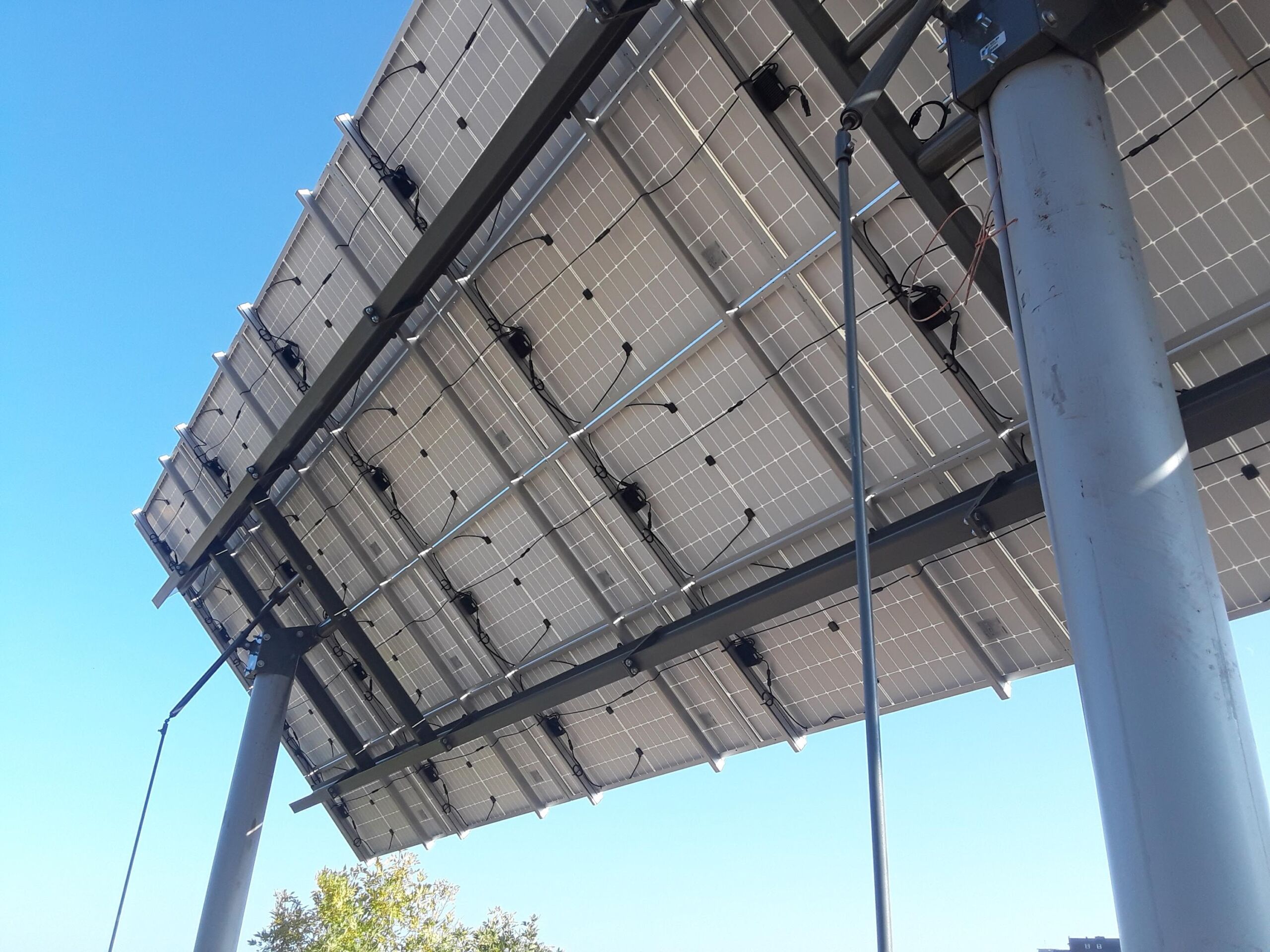
photo: Wolf Track Energy | Duluth, MN
An automatic tracker is more of a set-it-and-forget-it approach, but you will still need to keep an eye on the system’s performance. Sensors, motors, and other automated components require periodic service, replacement, and repair. These ongoing costs add up and can vary based on the system’s features and complexity.
Will you have access to solar tracker services, parts, and repair?
If you have an automatic solar tracker, you will need someone qualified to maintain it. The same installer who assembles the system may not be qualified or available to perform repairs, diagnose issues, and complete replacements that keep it running. This is especially important to consider if your mount and tracker are part of a kit. Mount and automatic tracker kits may use proprietary parts that can be tough to source and replace separately. Access to solar tracker repair services can also be an issue if your solar mount is located outside their service area.
Are you willing to replace your tracker before you need to replace your mount?
Just as automatic solar trackers will occasionally need parts replaced, there is a possibility that the system will not offer the same longevity as the frame, modules, and the rest of the mount. This means that a new tracking system will need to be retrofitted onto the mount or the modules will need to be reinstalled onto a replacement mount. This could effectively limit the lifetime of the solar installation to the lifetime of the solar tracker, so make sure you are prepared for this possibility.
Do you want your mount to offer consistent performance even on windy and cold days?
Some of the more advanced automatic solar trackers include features that respond to environmental factors like high winds. When potentially damaging wind speeds are detected, the array may flatten so the mount doesn’t strain under the force. This may move the modules out of an optimal position for sun exposure, reducing the output for as long as high winds are detected. Other factors like temperature can also interfere with tracker functionality.

photo: Creative Energies Solar | Midway, UT
Passive solar trackers with hydraulic systems that use liquid or gas to move the mount in response to heat will not function well on colder days. Low temperatures can also impede sensors and other components in more complex systems. If you want more consistent performance and reliability in weather extremes, a manual tracker gives you the option to control the position of your array regardless of wind and cold. A properly engineered and installed mount isn’t vulnerable to intense winds and snow loads. And when managed with a manual tracker, energy output is more consistent and controllable.

